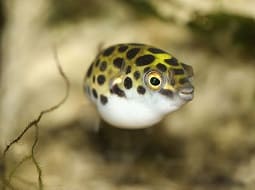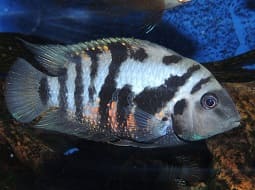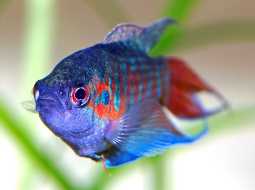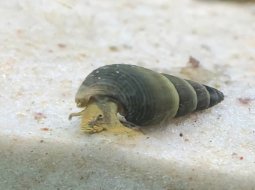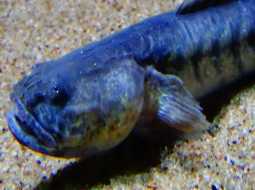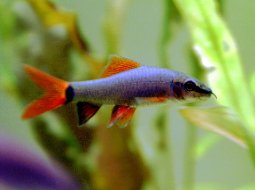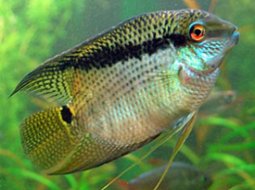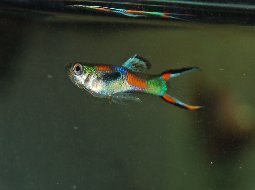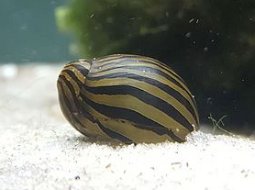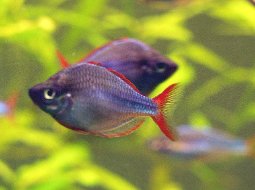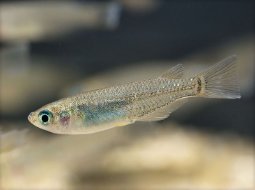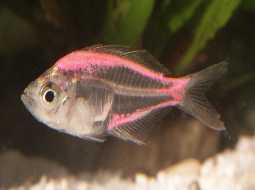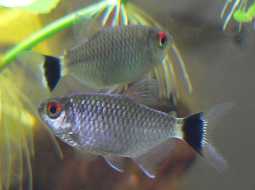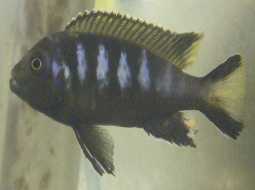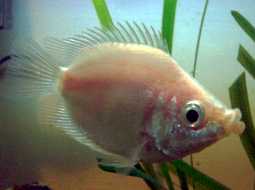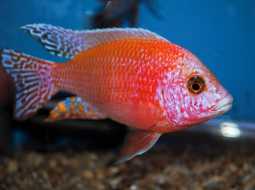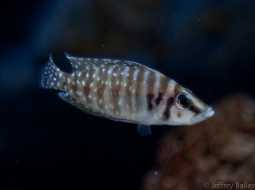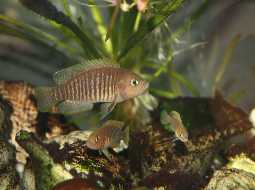
Loading Aqualapp ...
Care and Compatibility of Labidochromis caeruleus - Labidochromis caeruleus
Introduction
The Labidochromis caeruleus, also known as the Yellow Lab or Electric Yellow Cichlid, is a cichlid species native to Lake Malawi in Africa. It has an elongated and laterally compressed body with a bright yellow coloration that gives it its common name. Males are typically larger and more colorful than females and can develop dark vertical stripes in adulthood. They are territorial and peaceful fish that adapt well to freshwater community aquariums. They primarily feed on commercial flake or pellet foods but also accept live and frozen foods. Reproduction occurs through mouthbrooding, where the female holds the eggs and fry in her mouth until they hatch.
Behavior
Labidochromis caeruleus is a peaceful and sociable cichlid that gets along well with other fish of similar size. They can exhibit territorial behavior during the breeding season but are generally calm and non-aggressive. They enjoy exploring their environment and can be observed swimming at different levels of the aquarium. They are suitable for freshwater community aquariums as long as sufficient space and hiding spots are provided for each individual. Keeping them in groups of at least 6 specimens is recommended to promote their well-being and natural behavior.
Sexual Dimorphism
Sexual dimorphism in Labidochromis caeruleus is evident. Males have more intense colors and a more prominent stripe pattern than females. During the breeding season, males may exhibit territorial behaviors towards other males and court females.
Reproduction
Labidochromis caeruleus reproduces through oviparous breeding. Males build nests in the substrate and court females by swimming in an S-shaped pattern and displaying their vibrant colors. Once the female deposits the eggs, the male fertilizes them and collects them in his mouth. The female can lay between 10 and 30 eggs per spawning. During the incubation period, which lasts approximately 21 days, the female guards the eggs and fry in her mouth to protect them from predators. After hatching, the fry are released, and the female continues to care for them until they are large enough to fend for themselves.
Aquarium Conditions
Labidochromis caeruleus is an African cichlid that requires an aquarium with rocks, hiding spots, and open swimming areas. It prefers alkaline water and warm temperature. Aquarium décor should include rocks and sand to recreate its natural habitat in Lake Malawi. Maintaining water quality is important and providing a varied diet.
Feeding
In their diet, Labidochromis caeruleus mainly feeds on commercial flake or pellet foods designed for omnivorous cichlids. They also accept live and frozen foods such as mosquito larvae, daphnia, and shrimp. Offering a variety of foods is recommended to ensure a balanced and complete diet. It is important not to overfeed these fish as they are prone to obesity. Feeding them multiple times a day in small quantities is recommended.
Complexity
Caring for Labidochromis caeruleus is relatively easy. They are hardy fish that can adapt to a variety of water conditions. They are omnivores and accept a variety of foods in the diet, including commercial and vegetable-based foods. It's recommended to keep them in groups with other Lake Malawi cichlid species.
In case you need more help, or if you want to know into any topic related to the Labidochromis caeruleus (Labidochromis caeruleus) and even any other species you can use the forums to ask what you need.
To do an analysis more detailed about coexistence and behavior of Labidochromis caeruleus (Labidochromis caeruleus) use the Aquarium simulation tool, if you do this you can test different ways to combine the Labidochromis caeruleus with other fishes giving the dimensions and space on you aquarium, on this way you can known the optimal configuration for keep the fishes that you want.
You can also find out the 34 species compatible with the Labidochromis caeruleus (Labidochromis caeruleus) can live together.
Note: The parameters of the water such as PH and temperature are also used to calculate the compatibility of the species.
Compatible species (34)
Compatible (5 Species)
Compatible without any restriction
With Reservation (15 Species)
Compatible in some cases, it depends on the nature and personality of the fish.
Pueden ser territoriales entre machos de su misma especie. se recomienda tener varias hembras por cada macho.
Showdown over territory (3 Species)
Como a estos peces les gusta estar refugiados en diferentes ubicaciones del acuario ya sean en plantas, troncos, rocas etc, si otro pez intenta entrar donde está escondido podrían haber confrontaciones por ese refugio.
Fish can live together as long as the space is spacious enough to delimit a territory, otherwise there may be aggressions for competing for the territory.
Considerable size difference (4 Species)
They can coexist while they are similar in size or the size difference is not very abysmal, since as the fish grows it increases the chances of eating its partner that did not grow much.
Compatible if space is enough (7 Species)
They can coexist together if the aquarium they share is large and spacious enough for both species to feel good, as some fish may attack others to feel that they have little space and try to eliminate the competition.
Labidochromis caeruleus
Labidochromis caeruleus
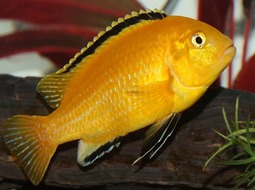
- Ph: 7.7 - 8.6
- Temperature (c°): 24 - 27
- Measures: 10 cm - 13cm
- Aquarium Capacity:
65 Liters - 17 Gallons - Alimentación: Herbivores, Omnivores
- Colores: Blue, Yellow
- Comportamiento: Likes to take refuge, Semi Aggressive, Territorial
- Habitad: African
- Preferencias del Acuario: Natural plants, Rocks
- Tamaño: Medium
- Taxonomía: Cichlids, Fish, Mbunas
- Tipo de Agua: Sweet water, Tropical waters
- Velocidad de nado o movimiento: Normal
- Zona de Nado: Swim in the middle of the aquarium


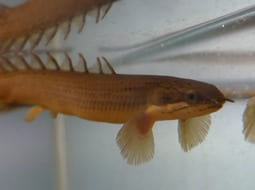

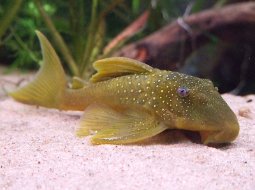
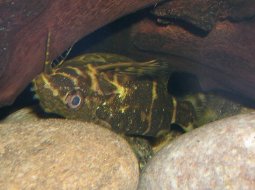
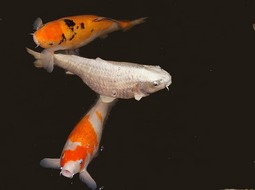
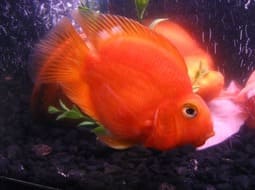
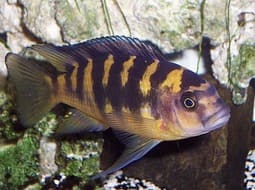
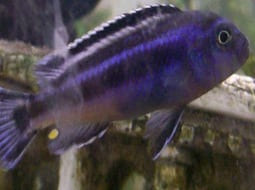

.jpg)
